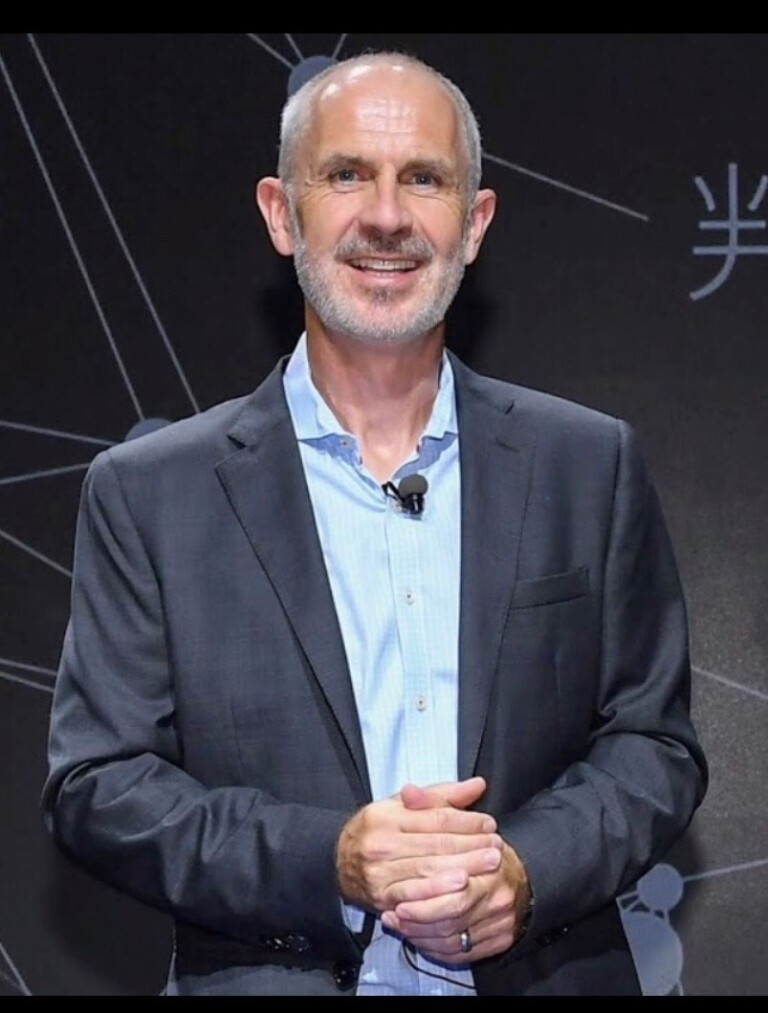
Snapshot
- Volvo says EV price tags will be the same as ICE by 2025
- ‘Technology’ will cut the need for costly large batteries and offer more range
- But current supply chain shortages are increasing battery costs
Volvo Cars CEO Jim Rowan predicts electric vehicles (EVs) will reach price parity with internal combustion engine (ICE) models by 2025.
“We think we get [to price parity]... around 2025, where there'll be enough technology that's driving down costs on the battery,” Rowan told Automotive News Europe.
“Technology will drive range up. Less batteries, but more range, at less cost – we'll get there."

Volvo’s claim is earlier than BloombergNEF’s study last year that suggested larger electric SUVs and sedans would achieve price parity by 2026 and smaller hatchbacks by 2027.
The Swedish company, which is owned by Chinese automotive giant Geely, is expected to unveil a smaller and more affordable EV crossover next year, likely called the Volvo EX30.
It uses a cheaper lithium-iron-phosphate (LFP) chemistry battery pack that leads the EV battery affordability race at $131 per kWh.
But, Volvo says it aims to cut its battery pack costs even further to less than $100 per kWh by 2026 at the latest – despite ongoing supply chain and raw material shortages contributing to increased battery prices in the past two-years.
.jpg)
In contrast, Renault Group CEO Luca de Meo previously said: “I do not see this [EV price] parity getting close… I can come up with better battery chemistry and better power electronics, but these gains would be erased when the price of cobalt doubles in just six months.”
Currently, the single-motor Volvo XC40 Recharge Pure Electric starts from $72,990 before on-road costs, whereas the comparable petrol-powered XC40 B4 Bright is priced from $59,990 before on-roads.
Volvo Cars Australia has already promised its line-up will go fully-electric by 2026 locally, spearheaded by the flagship Volvo EX90 large electric SUV and other yet-to-be announced large sedans and wagons.

COMMENTS